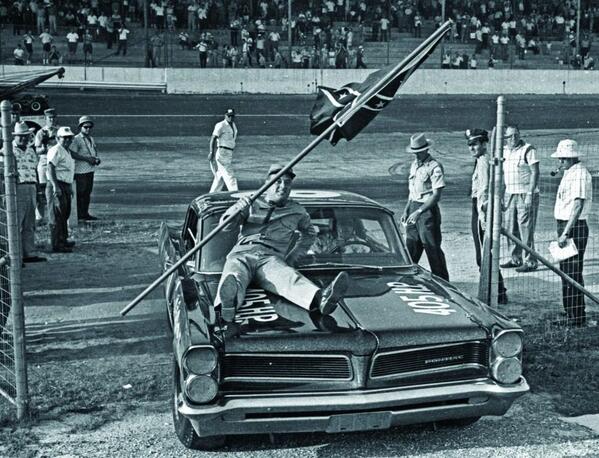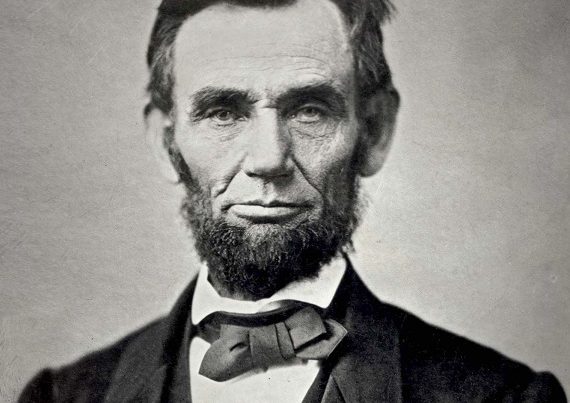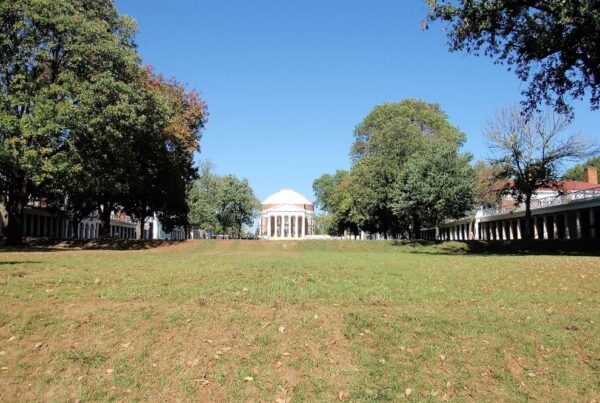The thrill is gone, and the numbers prove it.
After decades of phenomenal growth, NASCAR’s popularity has hit the wall. At Bristol Motor Speedway a couple of years ago, Jeff Gordon told reporters he couldn’t believe the rows of empty seats. Where were the cheering fans who normally packed the stands and infield?
Attendance is down at NASCAR races, and no one seems to know why. Even the NASCAR Hall of Fame in Charlotte is languishing. Though marketing analysts predicted 800,000 paying visitors would pass through the museum’s doors in 2011, only 272,000 showed up, resulting in an operating loss of $1.4 million. New augurs were enlisted, who soon promised higher attendance for the Hall of Fame’s second year. Instead, the number of visitors dropped another 30 percent.
So what happened? Like many other relationships, the one between NASCAR and its fans dimmed because both parties have changed, making the old love affair impossible to carry on.
First of all, you know a relationship is in trouble when one of the parties says it wants to see other people. That’s exactly what NASCAR has told its Southern fanbase.
NASCAR used to be an all-Southern event. At every race, hundreds would wave the battle flag. The Rebel 500 at Darlington, South Carolina, opened on Confederate Memorial Day. Its opening parade featured a Confederate soldier waving a battle flag.
But that was then. In 2003, NASCAR decided it had to reach out to minorities. A year later, its officials announced they would “change the ‘face’ of the sport” and launched what they called their “Drive for Diversity” program to attract women and minorities. Nothing wrong with that. But perhaps – just perhaps – their approach was flawed. NASCAR officials and drivers seemed to think the sport couldn’t attract Latinos and blacks unless it first drove off its traditional base. In 2006, NASCAR President Mike Helton announced, “the old Southeastern redneck heritage that we had is no longer in existence.” And referring to the battle flag that was once welcomed, even expected, at NASCAR events, Dale Earnhardt, Jr. said, “Anybody who is trying to show that flag is probably too ignorant to know what the hell he’s doing.”
And NASCAR itself has changed. Where once outlaws and daredevils such as Dale Earnhardt Sr. and “Fireball” Roberts flirted with death at 200 mph, today’s stars are too busy babying expensive equipment and fretting about their point standings to take the risks that made NASCAR thrilling.
But the real cause of NASCAR’s woes, the one that condemns the sport to a slow death, is that we, the fans, have changed. We aren’t the “car people” we used to be.
There’s a black-and-white picture on my desk of my father and mother posing beside a new 1952 Pontiac on Daytona Beach. On their honeymoon, they drove that car on the beach – at 85 mph! My parents? Six years later, the Daytona International Speedway would replace the beach track. To my father’s generation, and to a large extent, mine as well, cars represented freedom and status and endless possibilities.
From about the time I was in the seventh grade, whenever we kids heard a friend’s father had bought a new car, we’d have to know the car’s vitals: How many horses under the hood? Stick or automatic? How fast can it go?
These days, people judge a car by its fuel efficiency and number of iPhone adapters.
Cars simply are not the prized possessions they once were. Love of cars and what they stood for – yes, it was love – brought folks together at the racetrack. The chariots of yore are now viewed as relics of a benighted past that are already being replaced — much like the folks who once cheered from the infield.







